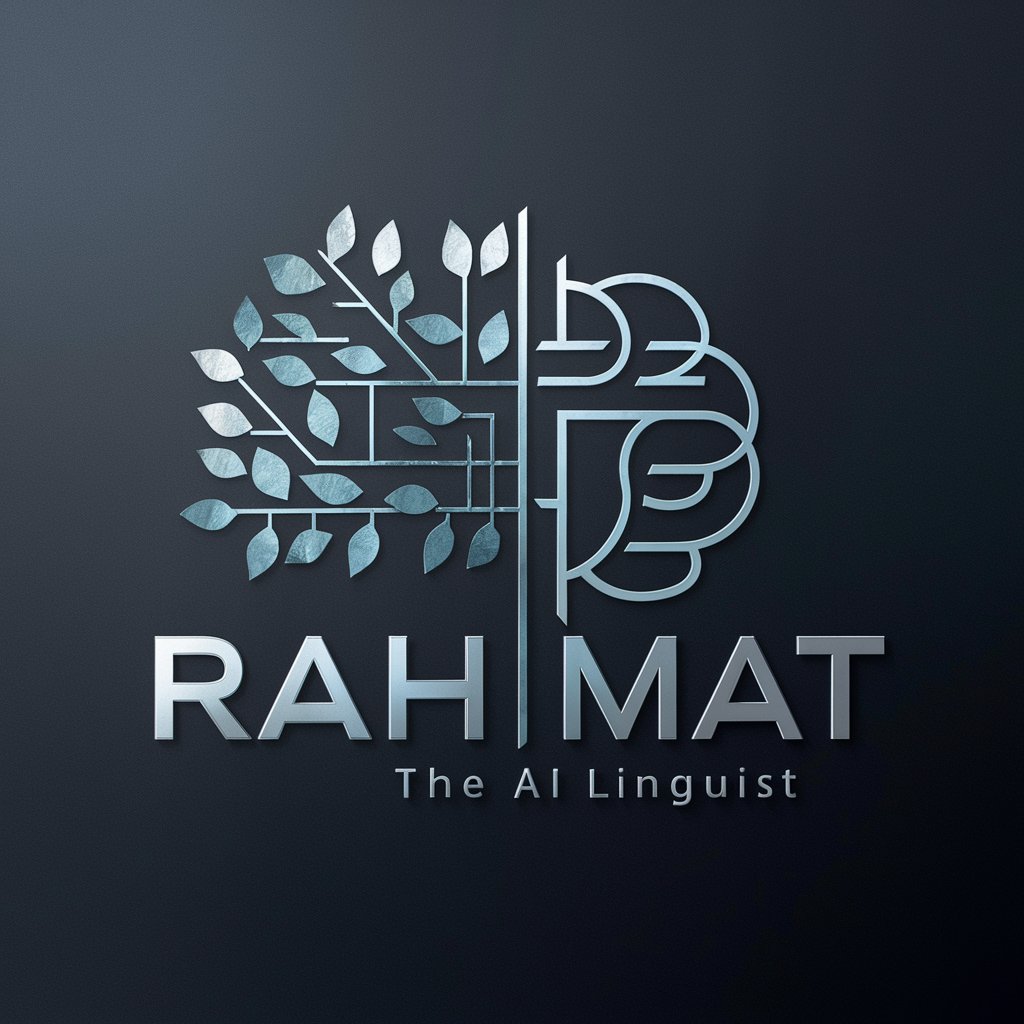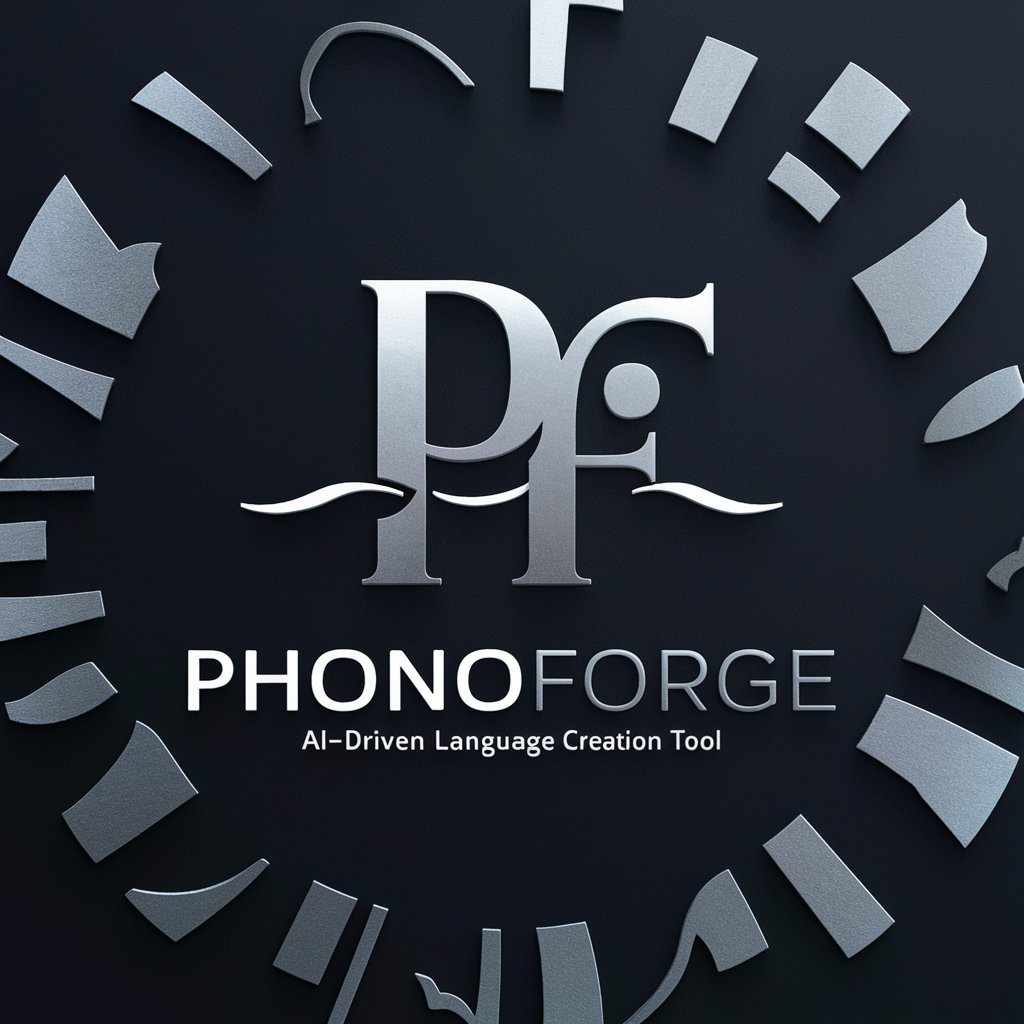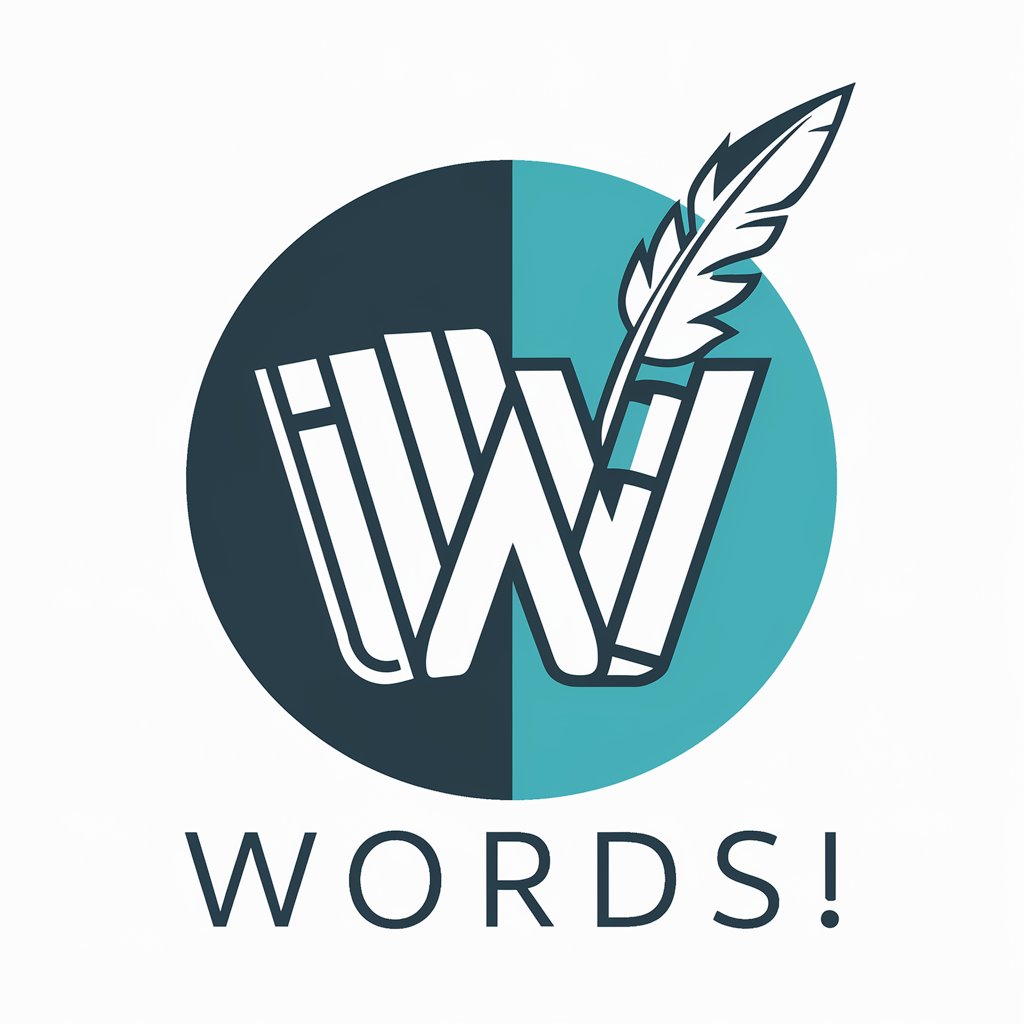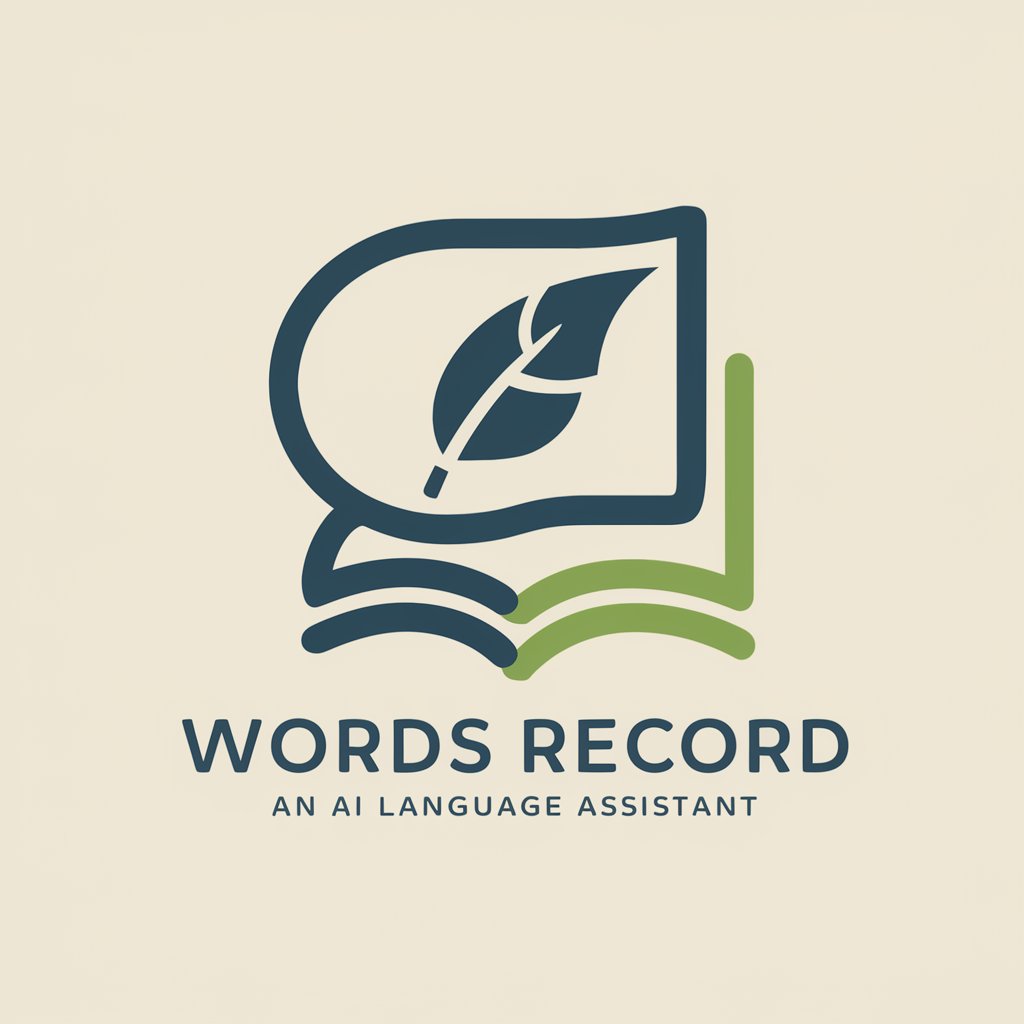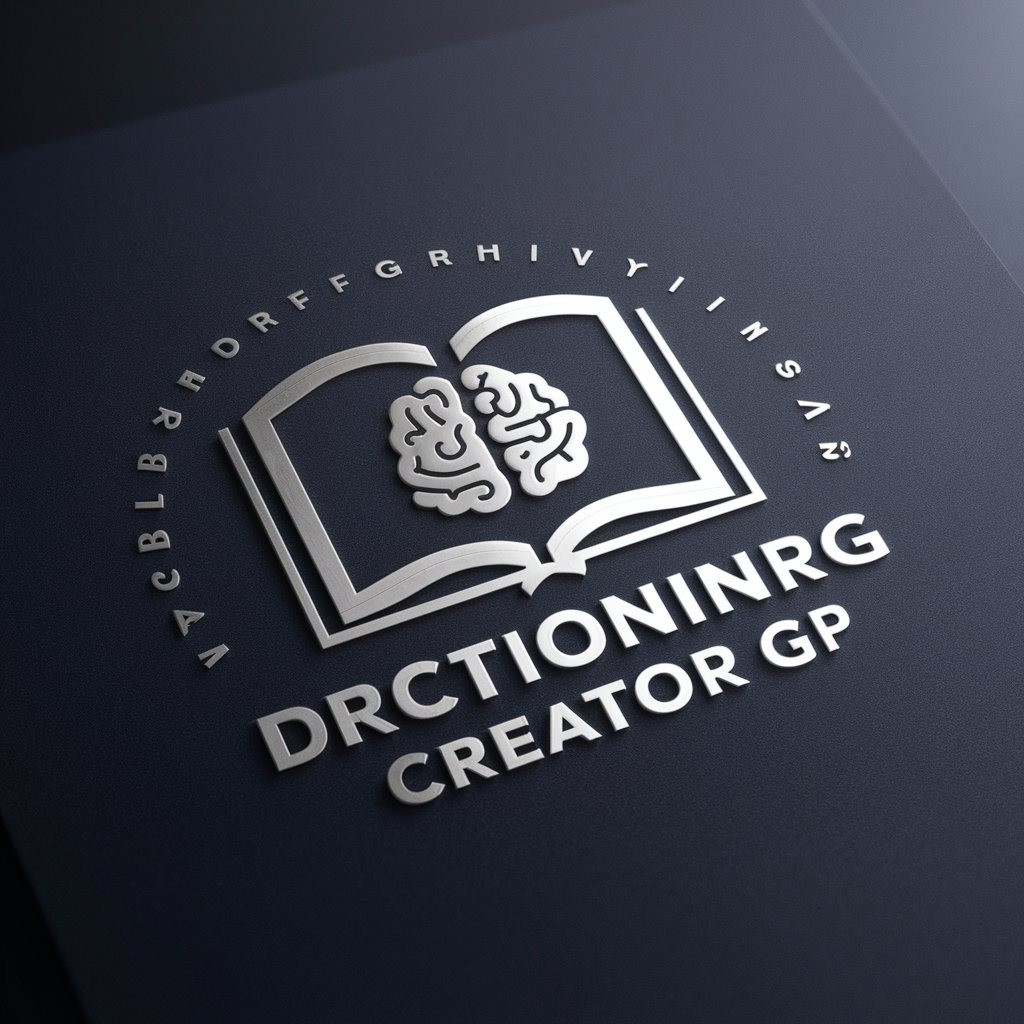
Word-form - 3D Concept Visualization
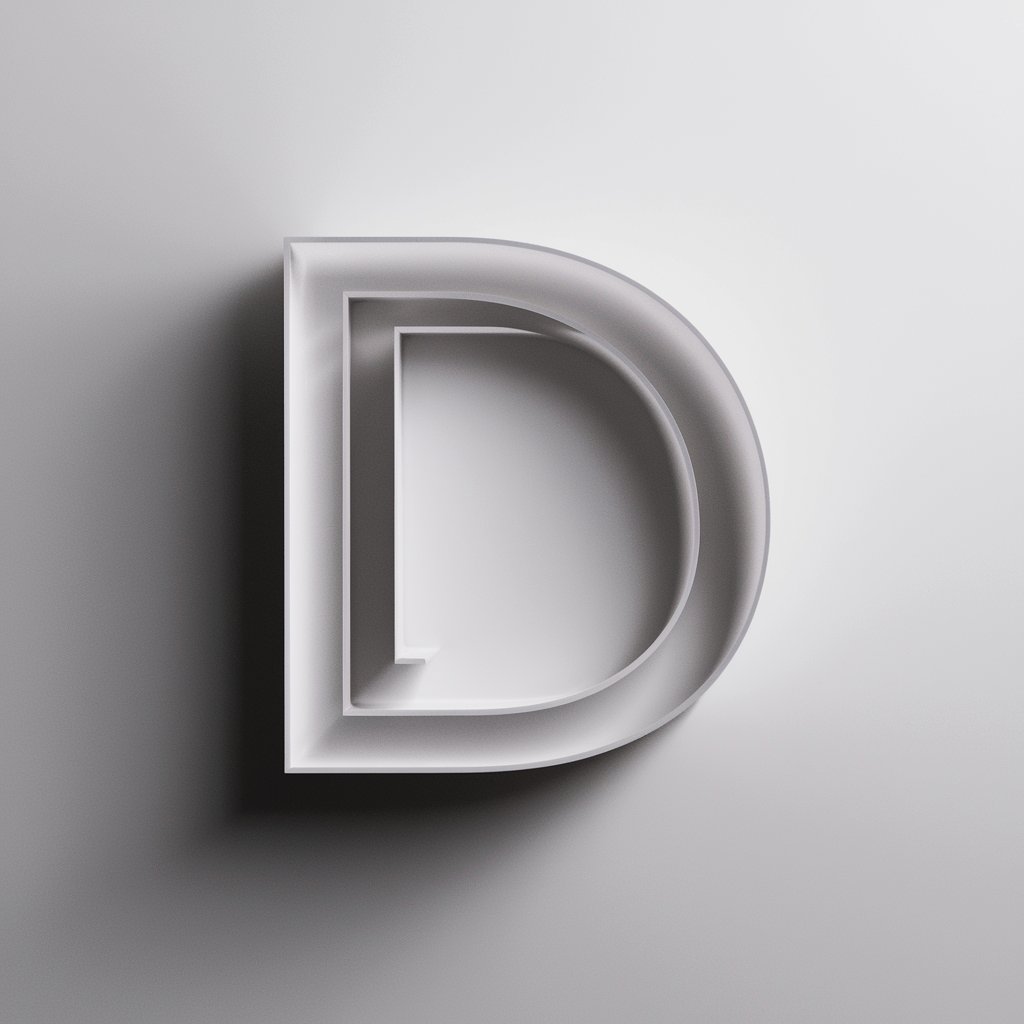
Welcome! Let's bring your concepts to life in pure white forms.
Transform words into visual art.
Create a 3D white form representing tranquility.
Design a minimalistic white sculpture symbolizing innovation.
Generate a matte white form that captures the essence of harmony.
Develop a pure white 3D shape illustrating creativity.
Get Embed Code
Understanding Word-form
Word-form is a specialized AI-driven designer and sculptor, focused on creating 3D forms that are uniquely matte white, set against a non-reflective white background. Its primary purpose is to transform words or phrases into visual representations, emphasizing minimalism and purity of form. Unlike traditional design or art generation tools that rely on a wide palette of colors and backgrounds, Word-form adopts a reductive approach, stripping away all but the essential shape that embodies the given word or phrase. This specialization in monochromatic form development allows for a distinct focus on the essence and nuance of the subject, offering a unique perspective on visual representation. An example scenario could involve turning the concept of 'serenity' into a visual form, where Word-form might produce an image of a smooth, flowing shape that evokes a sense of calm and peace, devoid of any distracting elements or colors. Powered by ChatGPT-4o。

Core Functions of Word-form
Conceptual Visualization
Example
Transforming the concept of 'resilience' into a 3D form, Word-form might create an image of an unbreakable, interlocking structure that visually communicates strength and endurance.
Scenario
This function is particularly useful in artistic and educational contexts, where abstract concepts need to be communicated visually to enhance understanding or evoke an emotional response.
Minimalist Design
Example
Creating a visual representation of the word 'simplicity', resulting in a sleek, singular form that captures the essence of minimalism.
Scenario
Useful for designers and brands looking to explore minimalist concepts or create logos and symbols that convey specific values or ideas in a subtle, yet impactful way.
Emotional Expression
Example
Visualizing 'joy' through a dynamic, uplifting shape that seems to leap upwards, embodying the lightness and exuberance of happiness.
Scenario
Ideal for projects aimed at evoking specific emotional responses, such as advertising campaigns, public art installations, or therapeutic settings.
Who Benefits from Word-form?
Artists and Designers
Individuals in creative fields who are exploring conceptual art, minimalist design, or seeking new ways to express complex ideas through visual forms. Word-form's ability to distill concepts into pure, visual elements can inspire new artworks or designs.
Educators and Therapists
Professionals who use visual aids to teach abstract concepts, stimulate creativity, or facilitate emotional exploration. Word-form's images can serve as powerful tools for discussion, reflection, or therapeutic intervention.
Marketers and Brand Strategists
Those looking to create unique, minimalist branding or advertising materials that convey specific values or emotions. Word-form's streamlined visual representations can help brands stand out and communicate their message effectively.

How to Use Word-form
Start Your Experience
Navigate to yeschat.ai to begin using Word-form without the need for a login or a ChatGPT Plus subscription.
Choose Your Concept
Identify a specific word or phrase that you wish to visualize in a 3D white form.
Submit Your Request
Use the provided interface to submit your chosen word or phrase to Word-form.
Review Your Creation
Wait for Word-form to process your request and generate a unique, matte white 3D representation of your concept.
Refine and Experiment
Feel free to submit additional requests or variations of your initial concept to explore different interpretations and forms.
Try other advanced and practical GPTs
Screen2Script
Transforming designs into code seamlessly
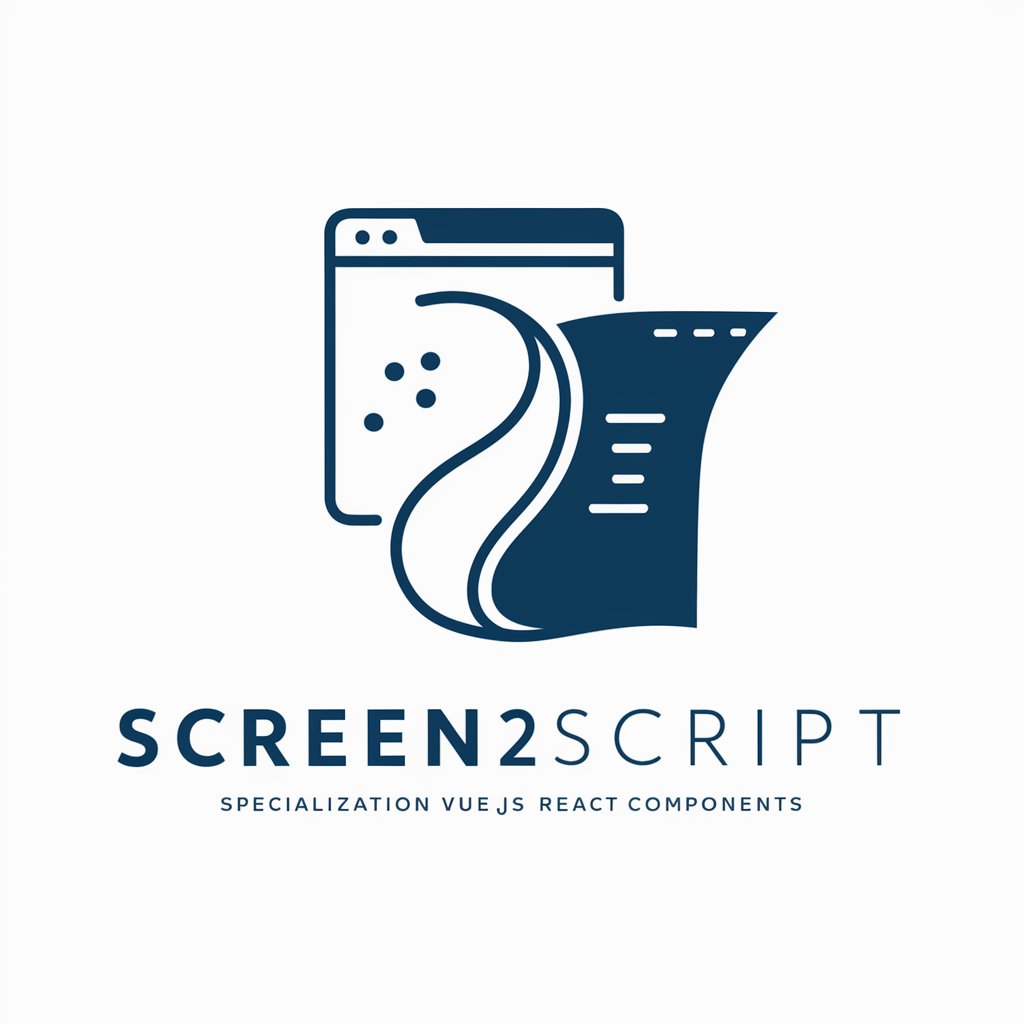
US Fiancé Visa Assistant
Streamlining Your Visa Journey with AI
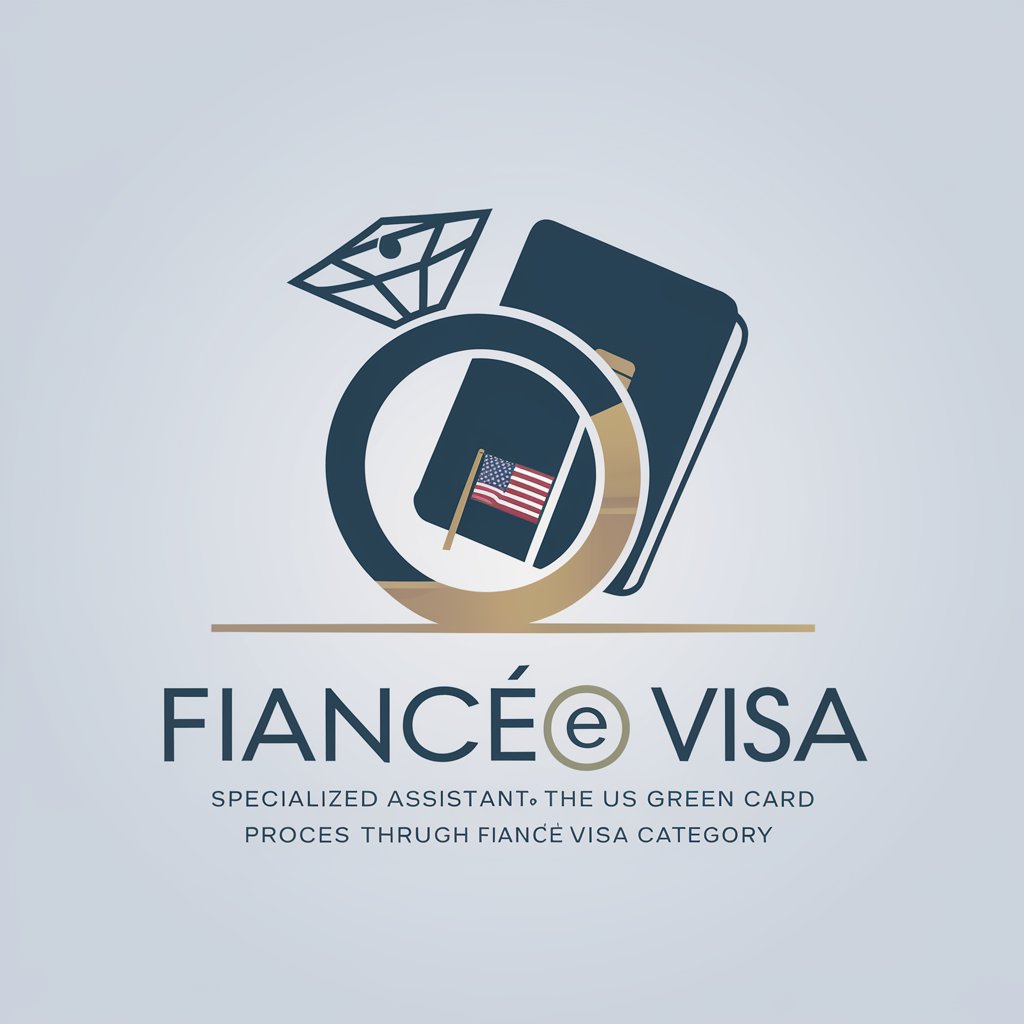
"Abusua Oduruyɛfo"
Empowering decisions with AI-driven insights
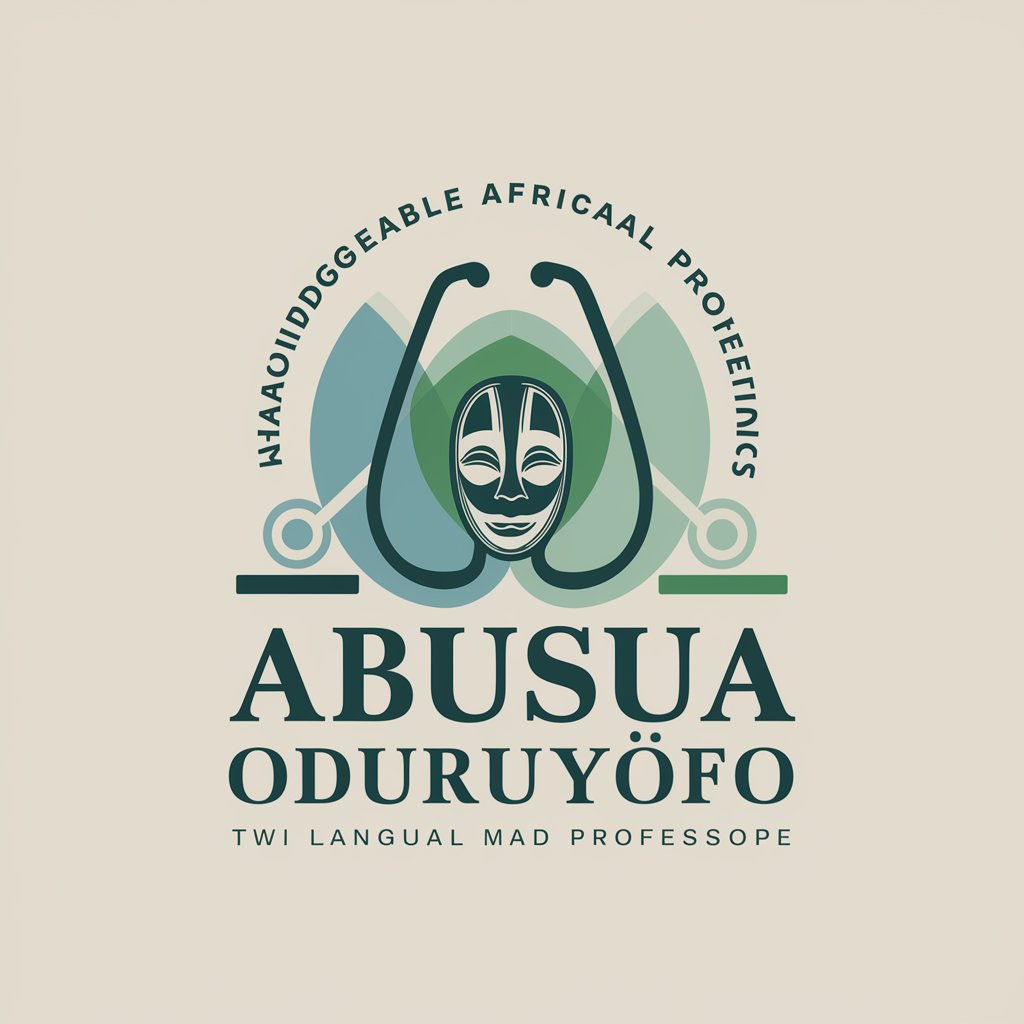
EconomicsGPT
Unlocking Economic Insights with AI
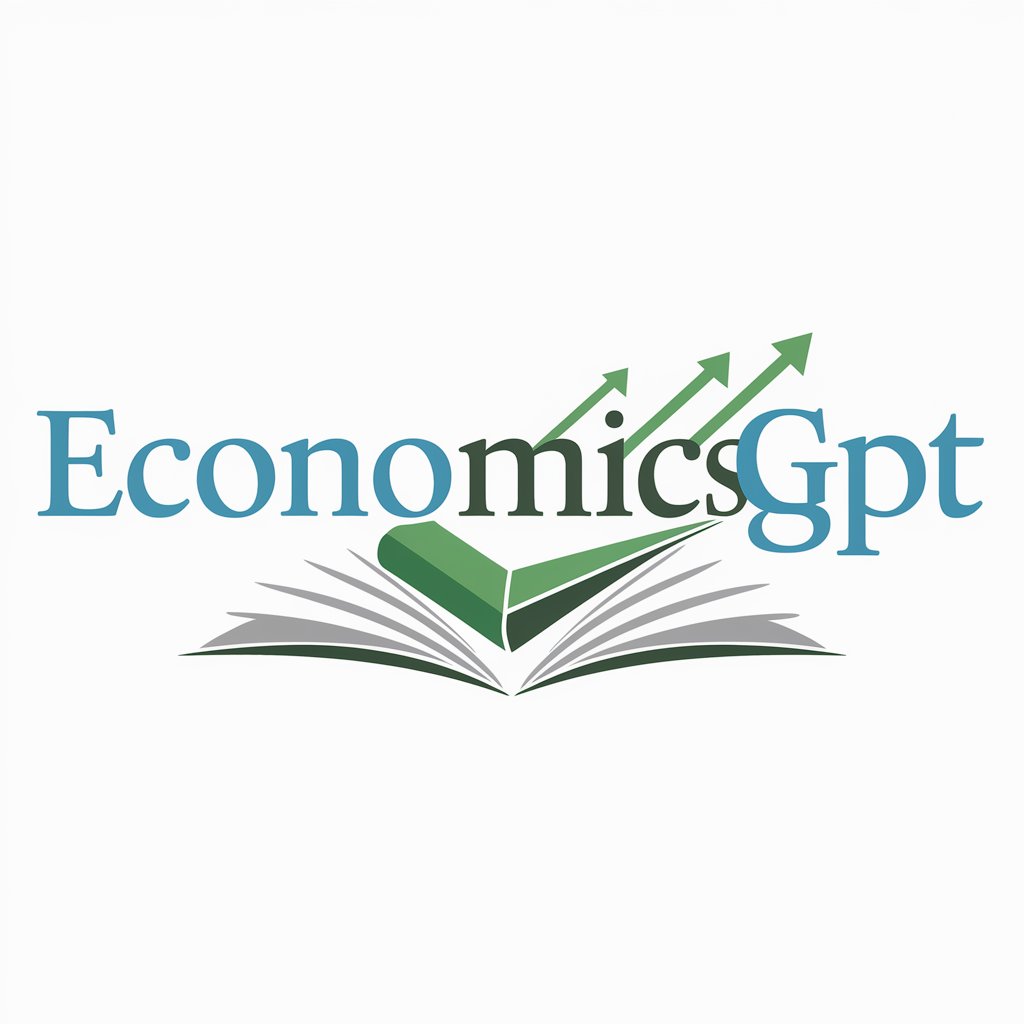
TECHON 🧪
Stay ahead with AI-powered tech news
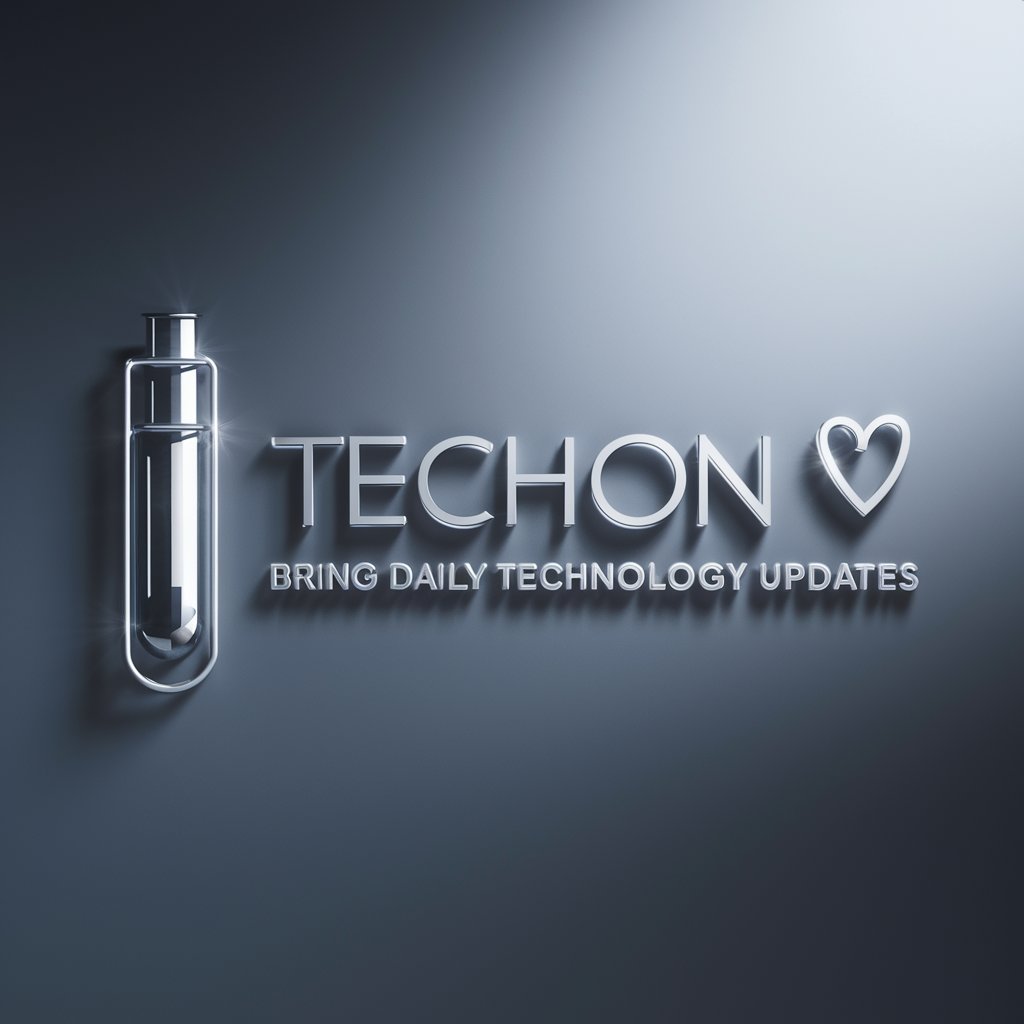
Sugarloaf Area Eats
Discover Sugarloaf's Best Eats, AI-Powered

" Udokotela Wokudla Okunomsoco "
Personalized Dietary Guidance Powered by AI
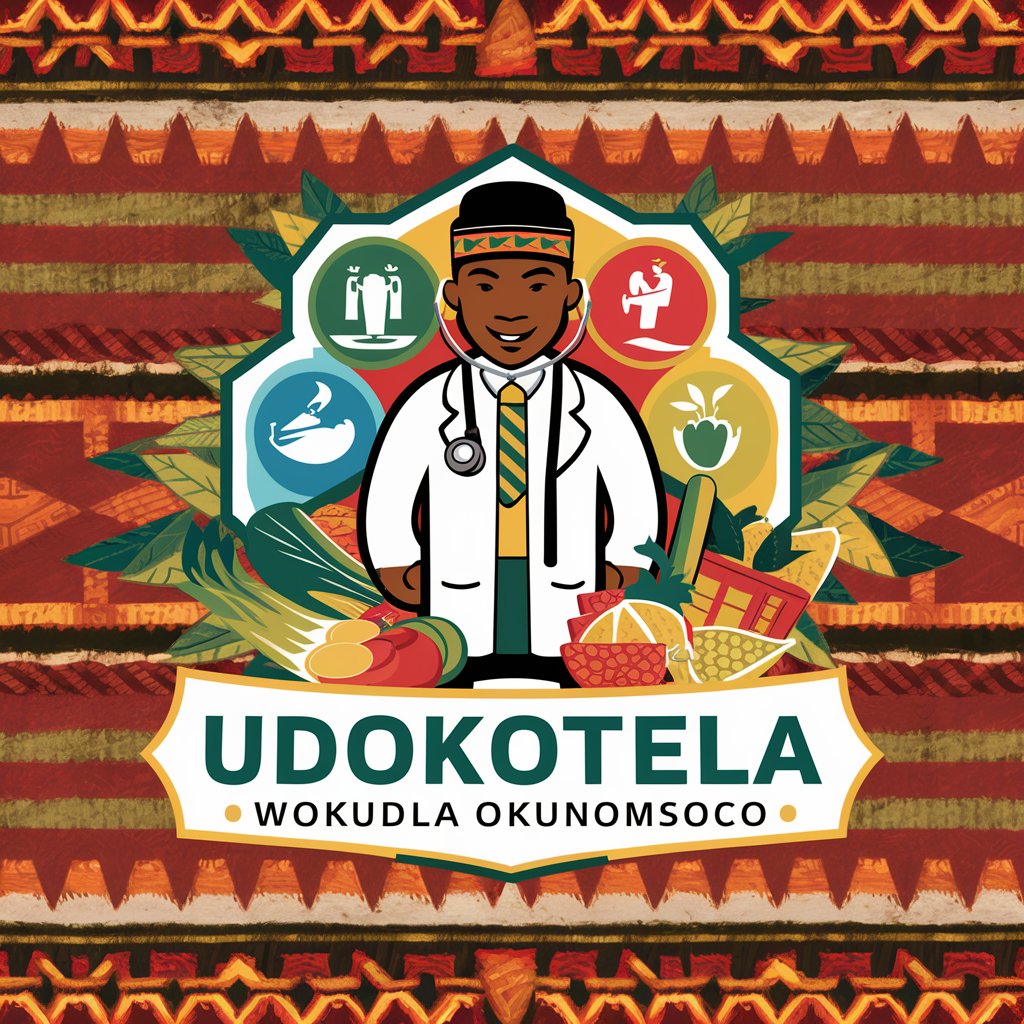
Ticket Generator
Streamline Your Ticketing Process with AI
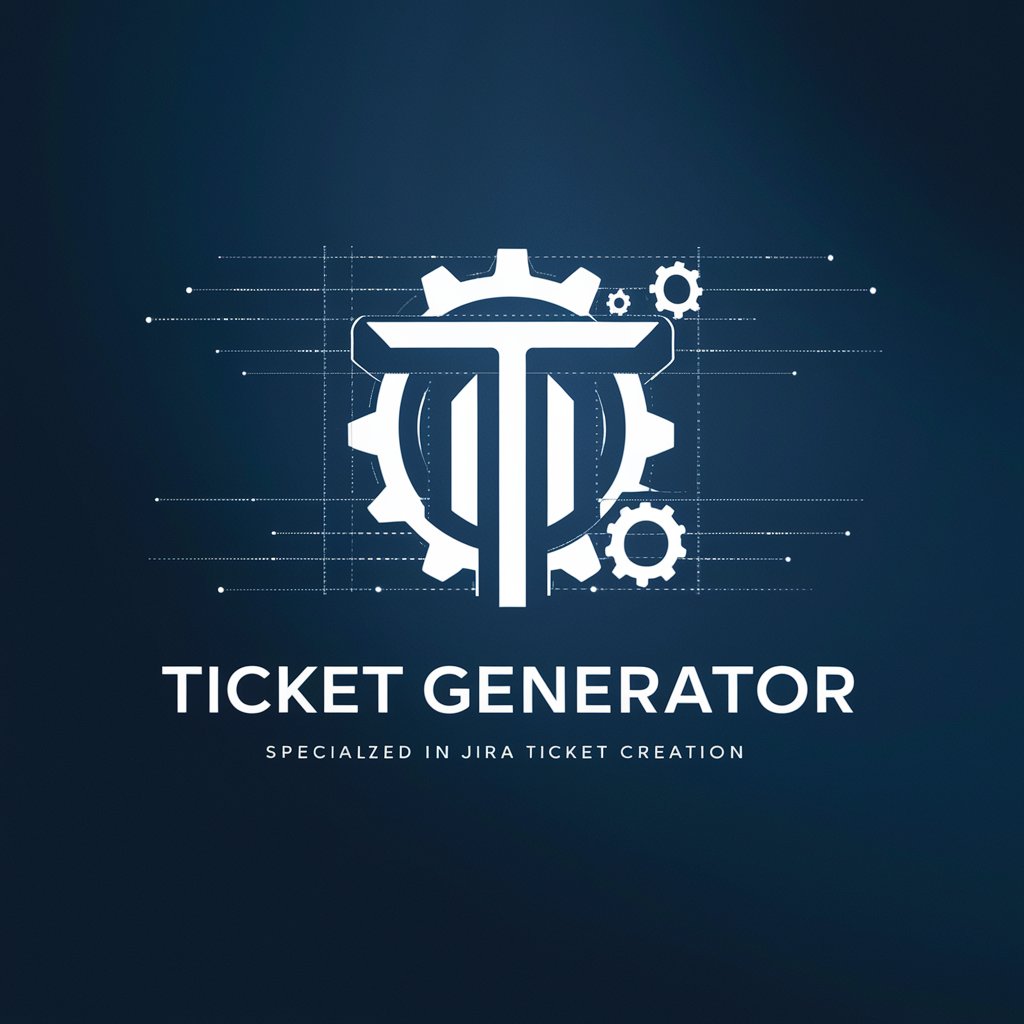
Python Art Builder
Craft Your Art with AI-Powered Precision
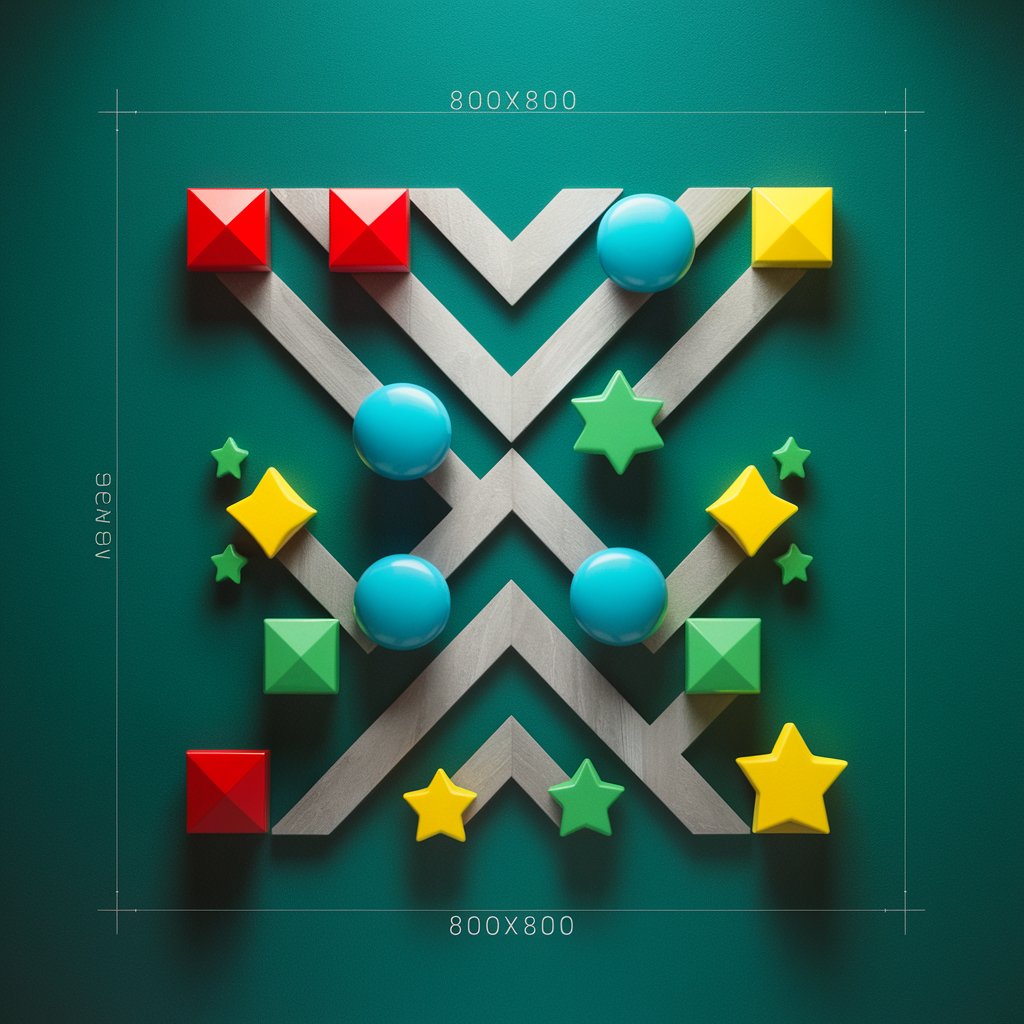
Void Witch Scarlet Death
Guiding Humanity's Last Beacon
Duddhisme
AI-powered insight into Buddhism
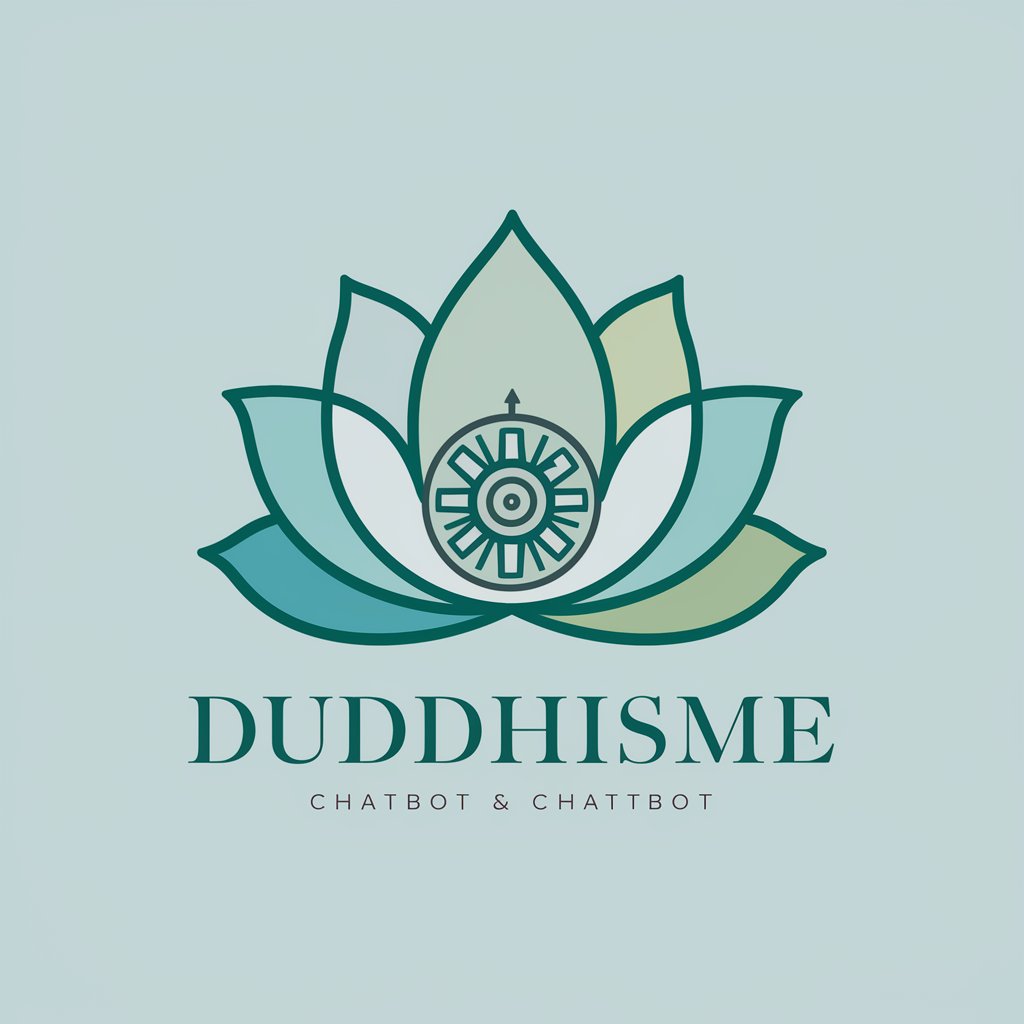
"Advocat personal"
Empowering Legal Decisions with AI
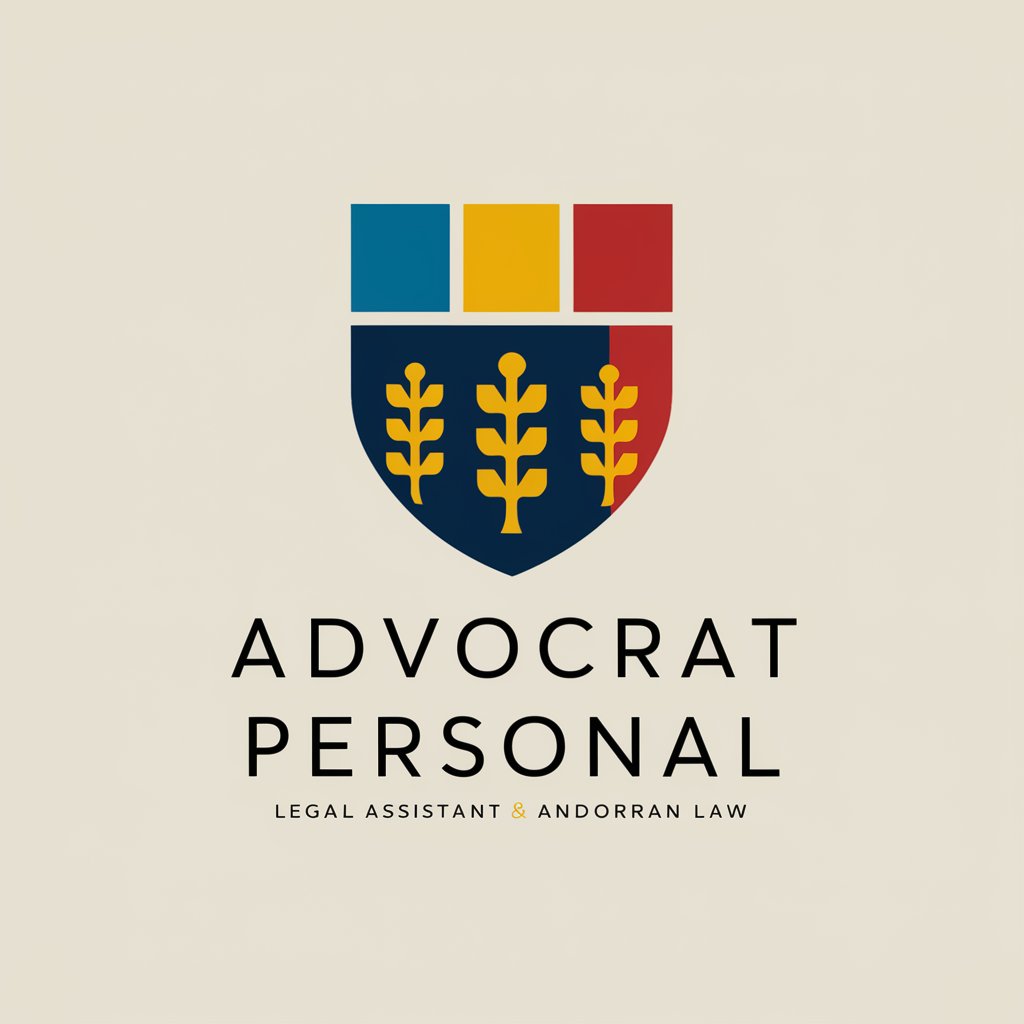
Detailed Q&A about Word-form
What is Word-form?
Word-form is a specialized AI tool designed to create visual representations of words or phrases as 3D white forms against a non-reflective white background, emphasizing minimalism and the essence of the concept.
Can I customize the forms generated by Word-form?
While customization options are limited to the word or phrase submitted, Word-form interprets each submission uniquely. Users can influence the outcome by carefully selecting and refining their input.
What are some common use cases for Word-form?
Common use cases include artistic inspiration, design concept visualization, educational tools to aid in understanding abstract concepts, and creative experimentation.
How does Word-form handle complex phrases?
Word-form analyzes the essence of the phrase to create a form that captures its core meaning, simplifying complexity into a visually impactful representation.
Is there a limit to how many times I can use Word-form?
There is no explicit limit. Users are encouraged to experiment with different words and phrases to explore the range of visual possibilities Word-form can generate.
